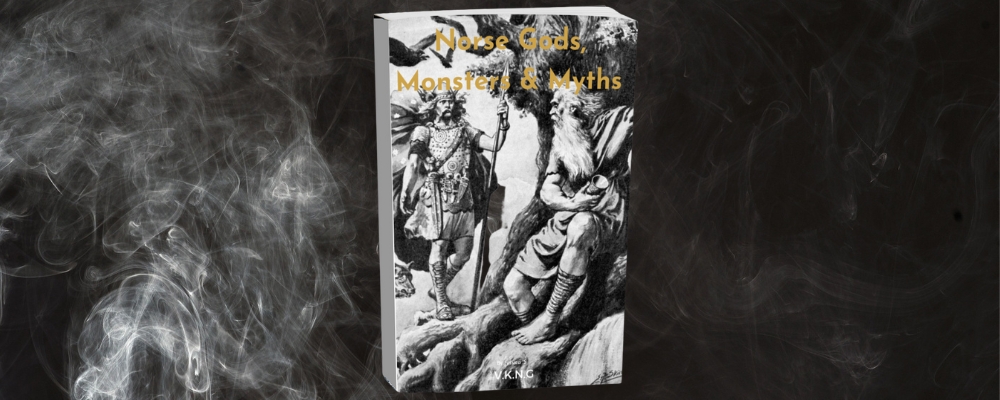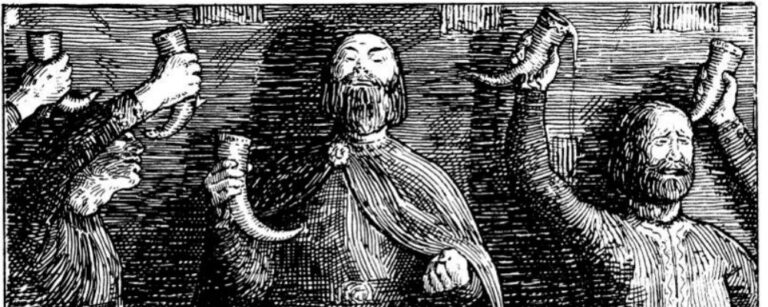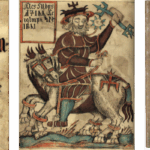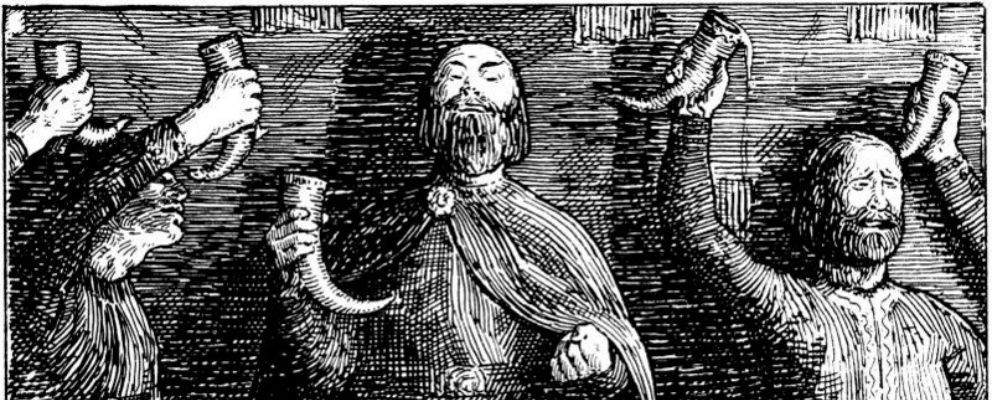
In modern Western society, the New Year is often a time to swear oaths or make promises to ourselves about things we intend to do in the new year.
While the Vikings did not consider Yule the start of the new year, it was still an important moment when the cold days started to get warmer, and they could start thinking about the year ahead. This would include planning raids and battles.
Consequently, it was common for Vikings to swear solemn oaths to perform future actions, called a Heitstrenging, at Yule. These oaths were usually made to a chieftain around loyalty and actions that the group would undertake collectively, but the idea of making New Year resolutions probably would have made sense in the Viking world.
So how exactly did the Vikings swear oaths and make promises ?
Sanctified by the Gods
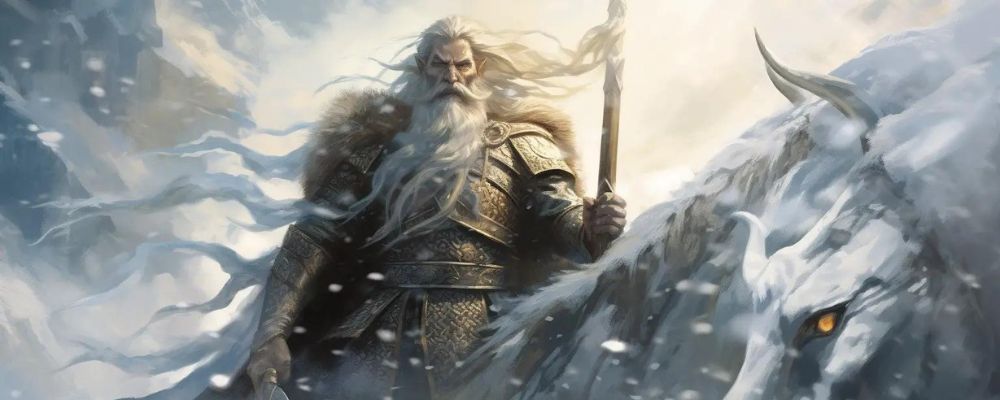
The underlying principle of all Viking oaths is that they were witnessed by the gods, and that the gods would punish oath-breakers if they did not fulfill their duty.
It seems that the Vikings could swear by any of their gods, and there are many references to Odin, Thor, and also just “unspecified” gods. But Freyr and Ullr seem to have had particular connections with oaths.
As will be discussed further below, animals were often sacrificed in the name of Freyr or items dedicated to Freyr as part of an oath. This seems to be because Freyr was connected with ideas of prosperity and good fortune.
Ullr, the god of snow and winter, also seems to have been closely linked with oaths. Oaths were often sworn on “rings of Ullr”. This may reflect the connection between oath-swearing and the dark winter months. Scholars also argue that Ullr was a much more important god in the pre-Viking age, but was overshadowed by the likes of Odin, Thor, and Freyr by the height of the Viking period.
Sacred Pigs
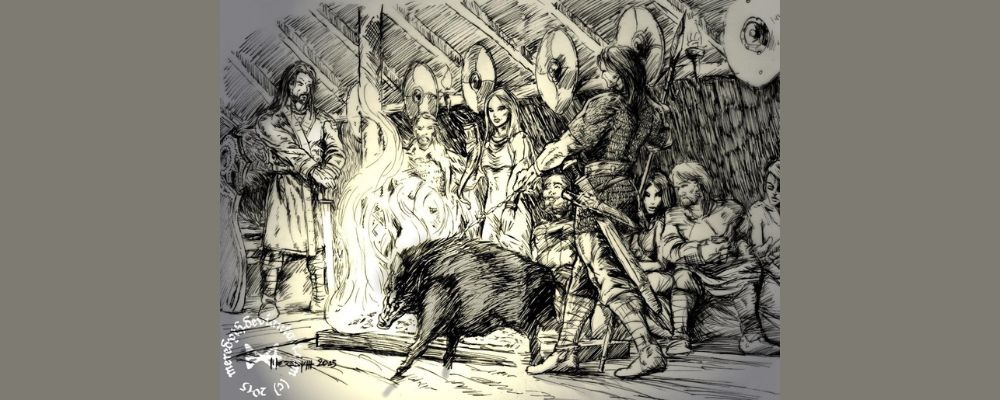
At Yule, it was not uncommon for public oaths to be sworn on a sacred pig, called a sonargoltr. In the prose of Helgakvida Hjorvardssonar, in the hall of a Norwegian king on Yule eve a sacred boar was brought out and the men present laid their hands on the animal to swear their oaths to the king. Similarly, another king sacrificed the biggest boar that he had to the god Freyr on Yule Eve, and again men laid hands on its bristles to swear oaths.
A boar may have been selected as the animal of choice because of its association with the god Freyr. But it is also likely that what mattered is that the boar would be eaten communally in the feast to come by the oath swearers.
Oath Rings
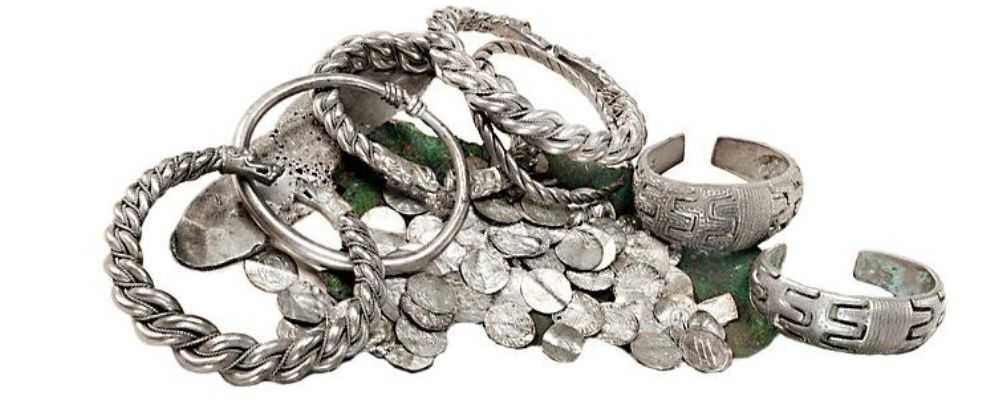
Oath rings were also a common phenomenon in the Viking age. Chiefs would often give valuable arm rings to their supporters as a sign of mutual respect, and it is likely the warriors swore an oath of loyalty when receiving the ring.
This practice seems to have led to a link between the ideas of rings and oaths that went beyond the initial practice. In the Eyrbyggia Saga, a ring is described as displayed in the center of a sacred space, and all men must swear oaths on that ring. The Forsa Ring found at Halsingland in Sweden and dating to the 9th or early 10th century may be an example of this kind of communal oath ring. It is engraved with short-branch runes that seem to describe a legal rule for oaths.
Similarly, according to the Anglo-Saxon Chronicle, when King Alfred made peace with the Danish Army in 876, the Vikings swore an oath on a sacred ring.
In the Icelandic sagas, we are told that the Godar, the leaders in the Viking community who oversaw the Thing meetings, were also responsible for sanctifying the area of the meeting with sacrifices and administering oaths of a ring. This seems to have involved rituals, as in one case the ring is described as reddened by the blood of a sacrificial ox.
That some of these rings may have been associated with the god Ullr is supported by archaeological finds from Lilla Ullevi, named for the god, which date to the Vendel Era, so the pre-Viking period. Located near Stockholm, the ancient site yielded 65 amulet rings of various sizes that seem to have been deposited in a specific spot, perhaps as part of oath-making rituals.
Other Binding Objects
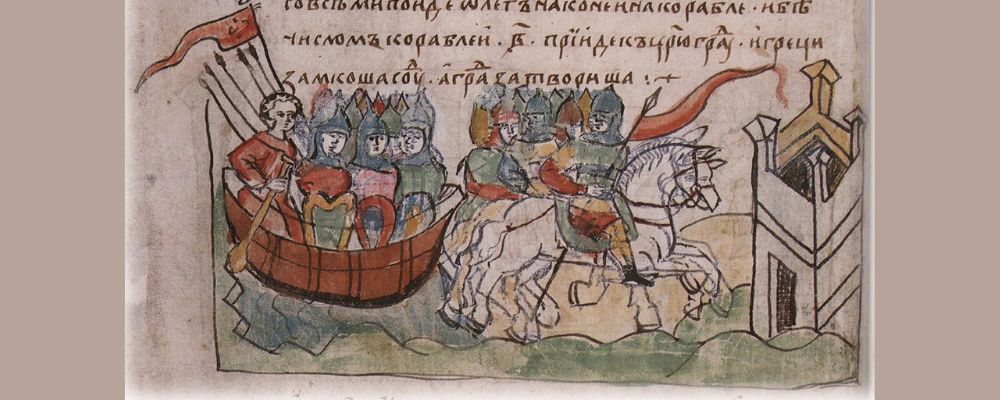
While rings seem to have been the most common binding object for an oath in the Viking world, they were far from the only object. It seems that oaths could have been sworn on anything of value, and the Vikings valued few things more than their weapons!
In the 10th century treaties between the Greeks in Constantinople and the Rus, who were probably of Swedish descent, oaths were sworn as part of the deal. While the Christian emperors kissed the cross, the Rus swore on their weapons, which is specifically described in the documents as according to their own religion and laws.
When Ragnar Lothbrok captured Paris in 845, the Vikings made a treaty with Charles the Bald and are said to have sworn oaths by the gods and on their weapons. Part of this may have involved putting down your weapons before swearing an oath.
There is also good evidence for the Vikings swearing oaths on stones. Sigrun swears an oath of a stone in the Second Poem of Helgi Hundingsbani, and Gudrun also swears on a sacred white stone in the Third Lay of Gudrun.
Traditionally in southwest Norway sacred white stones referred to a special kind of phallus-shaped cultic stone. It was often located in or near graves, perhaps suggesting that the ancestors could also act as guarantors of oaths. The phallus was also one of the many symbols associated with Freyr.
Magical Formulae
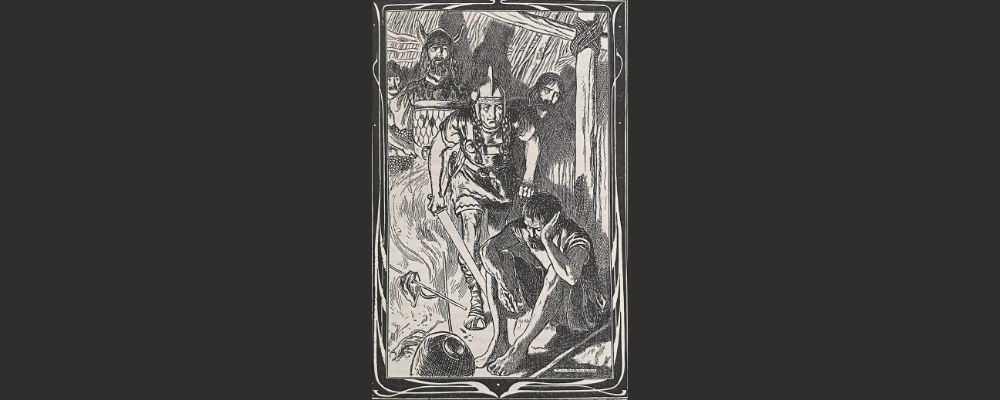
While swearing oaths on objects seems to have given the promise a certain physicality and realness, it also seems that objects need not be physically present and could rather be evoked in a kind of magical formula.
One example is given in the Lay of Volund, in which the elf prince Volund is captured and imprisoned by the Swedish king Nidud. In retaliation, Volund kills the king’s two sons and impregnates his daughter. He only agrees to reveal what happened to the boys if the king swears an oath never to hurt his daughter. He dies so, using the following formula:
By the side of a ship and the rim of a shield, the back of a horse and the edge of a blade.
In another story, Atli, the king of the Huns, uses a similar formula. While he is not a Viking the composers of the story were and obviously thought that this was representative of a reasonable oath.
… by the sun curving to the south and the mountain of War-god, by the martial bed, and by Ullr’s ring.
How to Make Your Viking New Year Oath
With all this information about Viking oaths, how should a modern Viking make their oaths to themselves this New Year?
Start by picking the deity or energy that you feel most closely associated with, whether that be a Viking deity or some other force, and invite them to witness the oath. Choose an object that is important to you and make it a physical symbol of the oath. You can also compose a formula that encapsulates your promise and recite it to make the vow real.
If you are making a promise or a commitment with other people, be sure to do it over a shared meal or drink.
